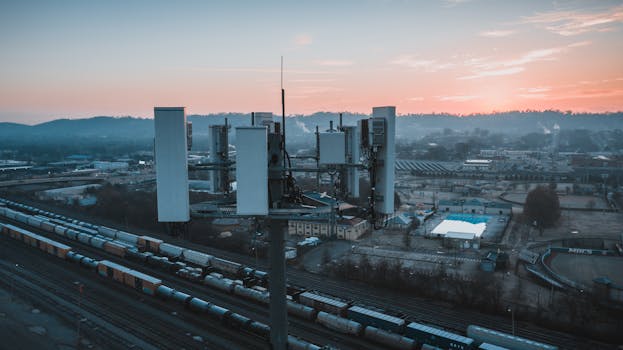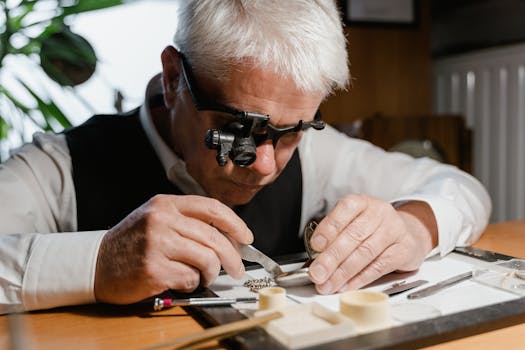
Understanding Watch Complications and Their Functions – WordPress
Watch complications and their functions are a fascinating aspect of horology, the art of watchmaking. A complication in watchmaking refers to any feature beyond the basic time-telling function. In this article, we will delve into the world of watch complications, exploring their functions, types, and significance in the realm of timepieces.
Introduction to Watch Complications
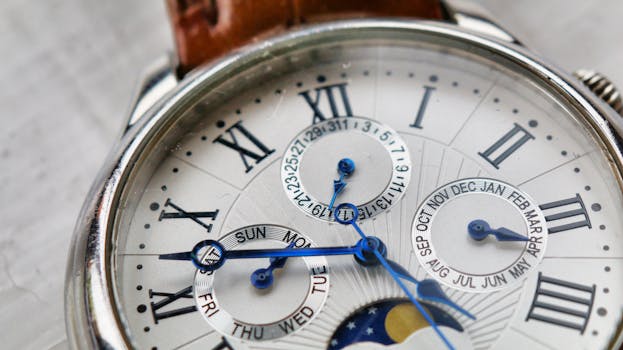
Watch complications have been a cornerstone of horology for centuries, with craftsmen continually pushing the boundaries of innovation and precision. From simple date displays to intricate minute repeaters, complications add complexity, beauty, and functionality to timepieces. Understanding watch complications and their functions requires a deep appreciation for the craftsmanship, engineering, and history behind these intricate mechanisms.
Types of Watch Complications
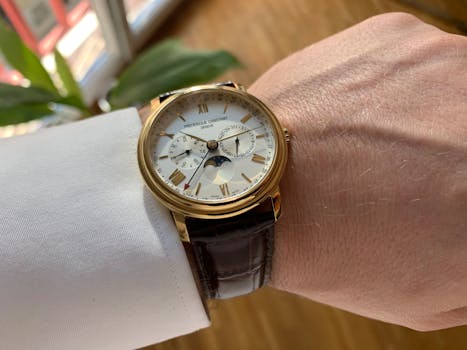
Watch complications can be categorized into various types based on their functions and complexities. Some of the most common types include:
- Date Complications: Displaying the date, day, or month, these are among the most common complications found in watches.
- Chronograph Complications: Allowing the wearer to measure elapsed time, chronographs are popular among sports enthusiasts and collectors alike.
- GMT Complications: Showing multiple time zones, GMT (Greenwich Mean Time) complications are ideal for travelers and those who conduct business across different time zones.
- Minute Repeater Complications: Audibly indicating the time on demand, minute repeaters are considered among the most intricate and valuable complications.
- Tourbillon Complications: A mechanism designed to counter the effects of gravity on timekeeping, tourbillons are a hallmark of haute horlogerie.
Significance of Watch Complications
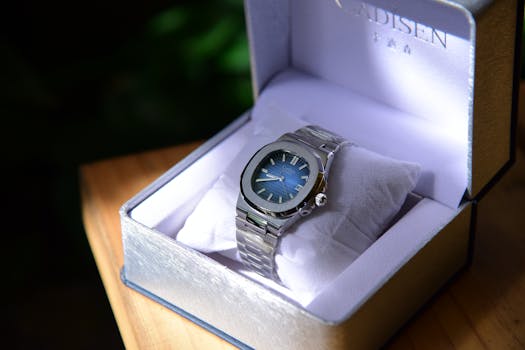
The significance of watch complications extends beyond their functional value. They represent the pinnacle of watchmaking art, showcasing the skill, innovation, and dedication of horologists. For collectors and connoisseurs, the presence of complications can significantly increase the value and desirability of a timepiece. Moreover, watch complications play a crucial role in preserving traditional watchmaking techniques, ensuring that the art of horology continues to evolve and thrive.
Conclusion
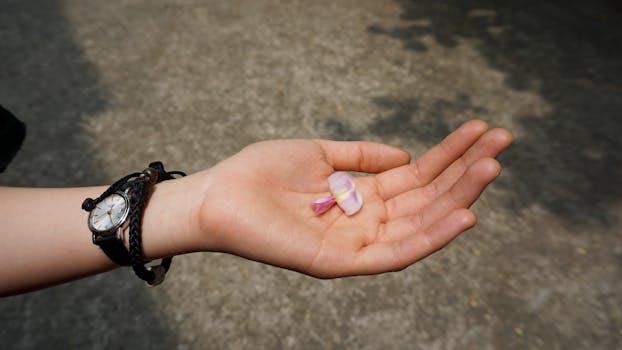
In conclusion, understanding watch complications and their functions offers a glimpse into the fascinating world of horology. From the intricate mechanisms to the historical significance, watch complications embody the essence of watchmaking, combining aesthetics, functionality, and craftsmanship. Whether you are a seasoned collector or an enthusiast just beginning to explore the realm of timepieces, the world of watch complications has much to offer, promising a journey of discovery and appreciation for the art and science of watchmaking.


